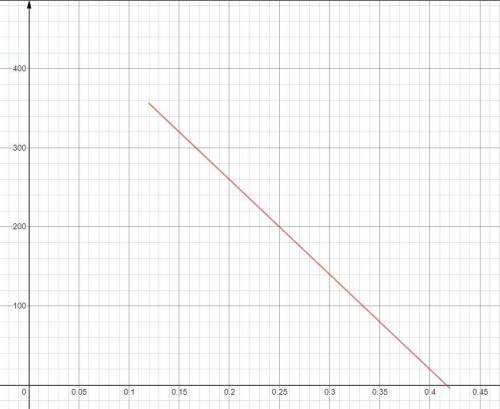
Engineering, 18.02.2020 02:30, jwyapo4
A gas is compressed from an initial volume of 0.42 m3 to a final volume of 0.12 m3. During the quasi-equilibrium process, the pressure changes with volume according to the relation P = aV + b, where a = –1200 kPa/m3 and b = 500 kPa. Calculate the work done during this process (a) by plotting the process on a P-V diagram and finding the area under the process curve and (b) by performing the necessary integrations.

Answers: 1
Other questions on the subject: Engineering

Engineering, 04.07.2019 18:10, tjeffers90028
Refrigerant 134a enters an insulated compressor operating at steady state as saturated vapor at -26°c with a volumetric flow rate of 0.18 m3/s. refrigerant exits at 9 bar, 70°c. changes in kinetic and potential energy from inlet to exit can be ignored. determine the volumetric flow rate at the exit, in m3/s, and the compressor power, in kw.
Answers: 1

Engineering, 04.07.2019 18:10, QueenLife4869
Awall of 0.5m thickness is to be constructed from a material which has average thermal conductivity of 1.4 w/mk. the wall is to be insulated with a material having an average thermal conductivity of 0.35 w/mk so that heat loss per square meter shall not exceed 1450 w. assume inner wall surface temperature of 1200°c and outer surface temperature of the insulation to be 15°c. calculate the thickness of insulation required.
Answers: 3

Engineering, 04.07.2019 18:20, moneywaydaedae
Air is compressed isentropically from an initial state of 300 k and 101 kpa to a final temperature of 1000 k. determine the final pressure using the following approaches: (a) approximate analysis (using properties at the average temperature) (b) exact analysis
Answers: 1

Engineering, 04.07.2019 19:10, gabigalvis1091
What is the main objective of using reheat rankine cycle?
Answers: 3
Do you know the correct answer?
A gas is compressed from an initial volume of 0.42 m3 to a final volume of 0.12 m3. During the quasi...
Questions in other subjects:

History, 02.12.2019 03:31



Spanish, 02.12.2019 03:31

History, 02.12.2019 03:31

History, 02.12.2019 03:31




History, 02.12.2019 03:31









